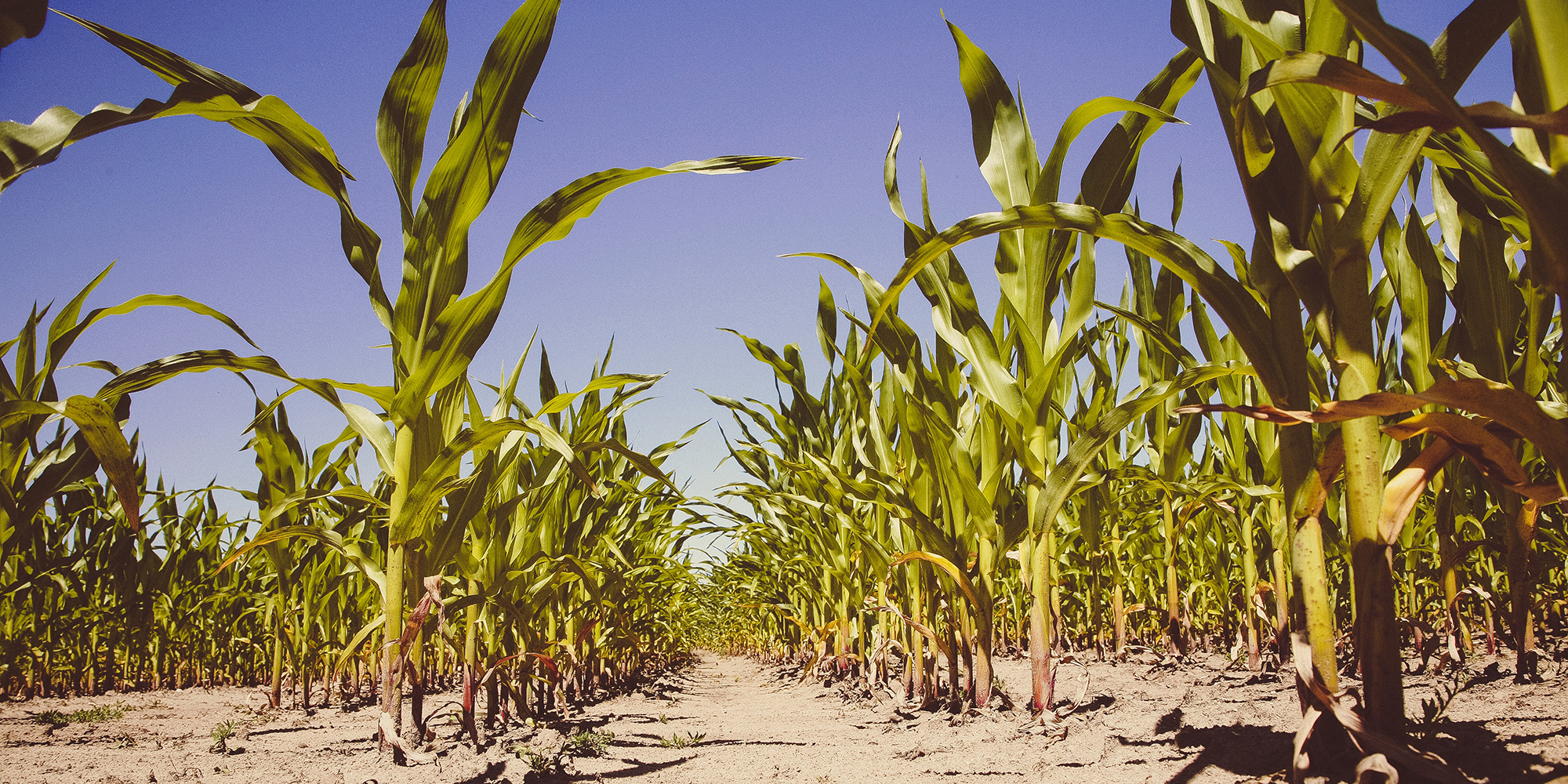The mood at the annual congress of Grain SA, the main industry body for South Africa’s commercial grain farmers, was brighter this year than last because of the weather.
But politics dampened what should have been a more upbeat gathering. The Expropriation Act — signed into law by President Cyril Ramaphosa on 24 January 2025 — is a major cause for jitters as farmers regard it as a potential threat to property rights and an obstacle to investment in the sector.
US President Donald Trump’s vitriolic reaction to it is also proving to be a headache for commercial farmers, who are mostly white and supposedly the “oppressed” group he wants to help — and they say he is only making a bad situation worse by stirring the pot.
To wit, this time last year the weather was the major source of anxiety at the congress.
The El Niño weather pattern had unsheathed its claws, triggering a drought that had seen the government forecast for the maize crop slashed by 12.6% from the previous year. The final production figure would turn out to be 23% lower.
https://www.youtube.com/watch?v=gJdf67PwmS8
The May elections were looming, sowing seeds of political and policy uncertainty across the platteland. And no one at that time could have predicted that Eskom was about to go over 300 days without having to impose rolling power cuts.
One year later, the weather has shone a ray of light on the sector. Driving to the Nampo Park where the congress is held near the Free State town of Bothaville, the maize stalks cut statuesque figures in tidy rows stretching to the horizon, a canopy of green towering over a moist ochre soil.
The La Niña weather pattern — El Niño’s sibling which generally brings good rains to these parts — arrived late this summer, is weak, and according to some weather watchers is already over. But the rains have come at a critical time for yields and the outlook for the rest of March remains relatively wet with hopeful signs of La Niña returning by spring.
Read more: Has the La Niña weather pattern faded, and if not how long will it last?
“We see the positive signs and are hoping for a La Niña,” Grain SA CEO Tobias Doyer told Daily Maverick in an interview on the sidelines of the congress.
The season has had its ups and downs, with early rains in some parts of the grain belt followed by dry patches that delayed planting or forced farmers to replant.
But the bottom line is that South Africa’s maize harvest is forecast to be 8% higher this season than last, according to the initial forecast from the official Crop Estimates Committee, with production of the staple white variety seen to be 22% higher.
Read more: SA’s white maize production expected to be 22% higher, but yellow maize output expected to fall
“It’s critically important to have a bounce back. The very stark reality in the South African grain business is that the production costs per hectare are just about equal to land value. So that equates to one crop failure away from bankruptcy,” Derek Matthews, Grain SA’s outgoing chairperson, told Daily Maverick.
“To recover from that, the profit margins are so thin that you won’t recover in one season. One bad crop like last year will probably take you the best part of five years to recover.”
On the political front, things perked up last year with the formation of the Government of National Unity (GNU). But the subsequent signing of the Expropriation Act into law — which allows for “certain instances where expropriation (of land) with nil compensation may be appropriate in the public interest” — has created a climate of concern among commercial farmers.
“The GNU and its namesake, it’s a funny animal. So what is the GNU going to do about the Expropriation Act? There is no policy certainty,” Doyer said.
Commenting on the reaction of the Trump administration to the Expropriation Act, which has cut aid to South Africa over it, the soft-spoken Doyer replied: “Goodness gracious, it creates a big fear among our farmers, and fear is never a good emotion to make good business decisions.”
“How do you challenge this? You can challenge it in such a way that you end up endangering your trade policies and access to Agoa (Africa Growth and Opportunity Act) because it has caught attention. We are trying to create an environment in which farmers can invest in our economy.”
Agoa allows qualifying African countries duty-free access to the American market, and two-thirds of South Africa’s agricultural exports to the US are exempt from tariffs. South Africa from 2000 to 2023 exported more than $7-billion in agricultural products to the US under Agoa.
Matthews said that Trump’s whole approach on tariffs and trade was deeply worrying to South African farmers.
“The turmoil that the America First principle is creating in the entire world begs the question of how we sensibly navigate this thing? He’s turned the world upside down,” he said.
When this correspondent pointed out that Trump thought he was helping white farmers whom he believes are being driven off their land and into the sea, Matthews chuckled and quipped: “Really?”
It was overcast as we spoke with thunder rumbling in the background. That is music at this time of the year to the ear of a South African grain farmer.
But with the geopolitical clouds that are gathering, it also had an air of menace. DM
If you wish to comment on this issue, please send an email to letters@dailymaverick.co.za
Letters will be edited.
Business Maverick
Weather brightens SA grain industry but land issue casts political and Trumpian clouds
The weather this summer growing season has been good for South Africa’s grain belt. But ominous political clouds have been gathering since the Expropriation Act was signed into law in January and got on US President Donald Trump’s radar screen.





